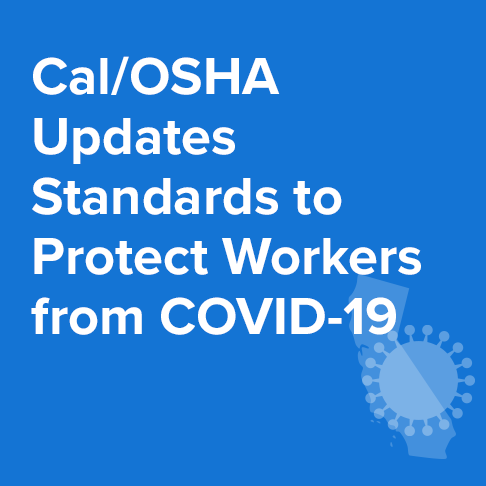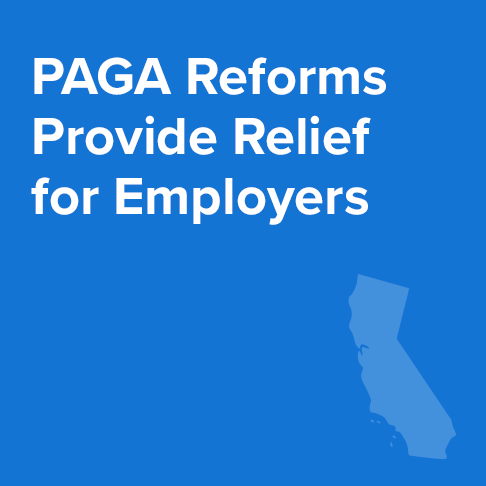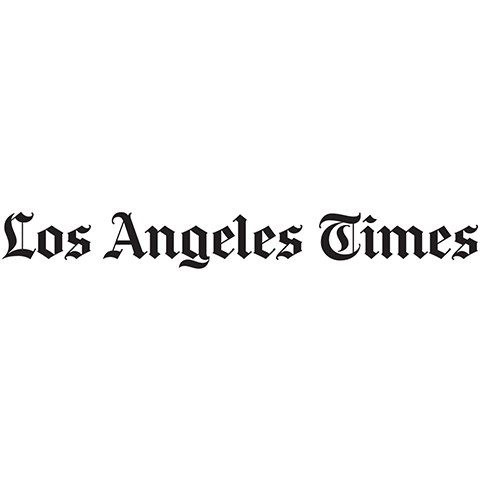Cal/OSHA Updates Standards to Protect Workers from COVID-19

Cal/OSHA Updates Standards to Protect Workers from COVID-19
Effective June 17, 2021, Cal/OSHA revised its Emergency Temporary Standards (ETS), which now accounts for the advent of the COVID-19 vaccine and other public health developments to help protect workers in California from COVID-19 at the workplace. Compliance with the revised ETS is mandatory for employers governed by Cal/OSHA.
Because EP’s production company clients are the employers responsible for controlling worksite activities, providing a safe work environment, and for complying with Cal/OSHA, production companies should review the new standards with their legal advisers. Also, while the terms of the AMPTP’s Return-to-Work Agreement and the AICP’s Multi-Union Safety Agreement apply to covered unionized workers, Cal/OSHA’s revised standards apply to both non-union and unionized workers.
Major Changes to the Cal/OSHA ETS for Workers in California
“Fully Vaccinated” Workers May Choose to No Longer Wear Face Coverings at the Worksite Once the Employer Has Documented the Worker’s Full Vaccination Status
As an initial matter, the revised Cal/OSHA ETS defines “fully vaccinated” to mean that “the employer has documented that the person received, at least 14 days prior, either the second dose in a two-dose COVID-19 vaccine series or a single-dose COVID-19 vaccine. Vaccines must be FDA approved; have an emergency use authorization from the FDA; or, for persons fully vaccinated outside the United States, be listed for emergency use by the World Health Organization (WHO).”
An employer must first document a worker’s full vaccination status before workers may no longer wear a mask in the workplace. Cal/OSHA’s FAQs (viewable by clicking here) enumerates the three approved methods by which an employer may document an employee’s full vaccination status. Employees who choose not to share their vaccination status must be treated as unvaccinated, in that they must continue wearing a mask in the workplace. And employers cannot take disciplinary or discriminatory action against an employee based on his or her decision to decline to share vaccination status information.
Cal/OSHA Eliminated Physical Distancing Requirements at the Worksite for Both Vaccinated and Unvaccinated Workers
The revised ETS has mostly eliminated physical distancing requirements in the workplace, except in cases of multiple COVID-19 infections and outbreak scenarios (as defined in Cal/OSHA’s FAQs).
Cal/OSHA Eliminated Physical Distancing Requirements at the Worksite for Both Vaccinated and Unvaccinated Workers
The revised ETS has mostly eliminated physical distancing requirements in the workplace, except in cases of multiple COVID-19 infections and outbreak scenarios (as defined in Cal/OSHA’s FAQs).
Employers Are No Longer Required to Offer Free COVID-19 Testing to Fully Vaccinated Individuals Who Were Exposed to COVID-19 at the Workplace
Cal/OSHA’s original ETS required that employers offer COVID-19 testing at no cost to employees during their working hours to all employees who had a potential COVID-19 exposure in the workplace. The revised ETS now provides that employers must only make such COVID-19 testing available at no cost “during paid time” to all employees who had a close contact in the workplace with a positive COVID-19 case, except for (1) employees who were fully vaccinated before the close contact and do not have COVID-19 symptoms; and/or (2) those protected through immunity – namely, COVID-19 cases who returned to work or remained free of COVID-19 symptoms for 90 days after the initial onset of COVID-19 symptoms or, for COVID-19 cases who never developed symptoms, for 90 days after the first positive test.
Employers Must Now Provide Additional Training Related to COVID-19
Cal/OSHA’s revised ETS now requires employers to additionally train their California employees in California on topics, such as (1) how employees can participate in the identification and evaluation of COVID-19 hazards at the workplace; (2) the employer’s policies for providing respirators, and the right of employees who are not fully vaccinated to request a respirator for voluntary use; and (3) information on the employer’s COVID-19 policies, how to access COVID-19 testing and vaccination, and the fact that vaccination is effective at preventing COVID-19, protecting against both transmission and serious illness or death. For a full list of additional training topics, click here.
Employers Must Now Provide Respirators (e.g., N95) to Unvaccinated Individuals for Voluntary Use Upon Request
New to the Cal/OSHA ETS is the requirement that employers must now provide respirators for voluntary use to all employees who are not fully vaccinated and who are working indoors or in vehicles with more than one person “upon request.”
Employers Must Now Provide Written Notice Similar to That Required of AB 685 When Close Contacts Have Been Identified
Similar to California’s AB 685 (discussed in a prior alert that can be found here), Cal/OSHA’s revised ETS now requires employers to provide written (as opposed to written or oral) notice to employees within one business day of the time the employer knows or should have known of a potential exposure to COVID-19 in the workplace. Notice may be sent via personal service, email, or text message, if it can reasonably be anticipated to be received by the employee within one business day.
The notice also must include the employer’s disinfection plan, which is required by Labor Code section 6409.6(a)(4), and it must be sent to (1) all employees at the worksite during the high-risk exposure period; and (2) independent contractors and other employers at the worksite during the high-risk exposure period. Further details on the revised notice requirement as well as the definition of a high-risk exposure period can be found here.
Employers are advised to consult with their labor and employment counsel to determine how Cal/OSHA’s COVID-19 updated standards impact their California workforce.
Related Content

Standing Together: Supporting Our Community Through Wildfire Relief Efforts

The State of Film & Television Production: 2024 in Review and Outlook for 2025

As Movies and Shows Leave California, New Coalition Forms to Keep Production In State

Watch a ‘Call to Action’ for New California Tax Credits at IndieWire’s Future of Filmmaking Summit

$750 Million Tax Incentive Proposal by California Governor Gavin Newsom Could Spell Relief for Hollywood

Gavin Newsom Tries to Save Hollywood

California Governor Proposes $750 Million in Annual Film Tax Credits

Workplace Violence Prevention Plan and Training Required in California Since July 1, 2024

Los Angeles County Imposes Fair Chance Ordinance

PAGA Reforms Provide Relief for Employers

California’s film industry is in crisis. Can it be saved?

TV Production Exodus: 'Misery in L.A.', Who's Getting 'Screwed' and What to Do About It

California vs. the World: The Race to Nab Film and TV Productions

